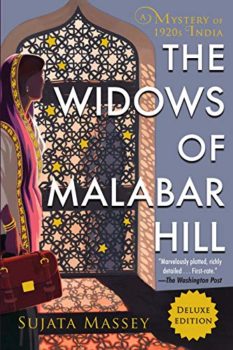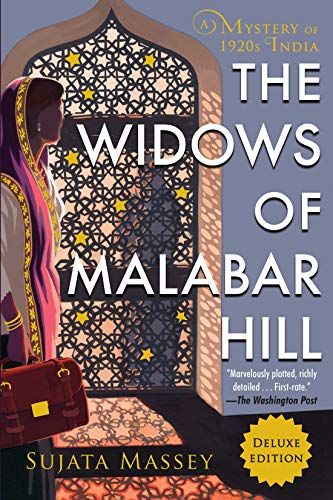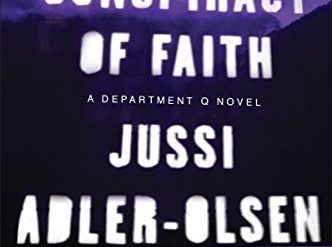
I’ll admit it. I enjoy reading mysteries and thrillers, and I have a special preference for historical fiction. But when an author brings the two genres together and does a superior job in both of them, I’m entranced. And that’s certainly the case with The Widows of Malabar Hill. Sujata Massey‘s brilliant mystery novel is set in Bombay in 1921. And it casts a bright light on the little-known but fascinating Parsi minority in India.
Estimated reading time: 4 minutes
In The Widows, Massey sets the scene for a new series of novels featuring Perveen Mistry, the first and only woman lawyer in Bombay. It’s 1921, when women’s roles in India were far more circumscribed than in Britain or the United States. To study law in her home town, Perveen could gain entry to a law college only with the help of her father, a highly esteemed solicitor. Her family, established in the sixteenth century, belongs to the tiny but powerful Parsi religious minority. But despite the family’s wealth and influence, she could only sit in classes without registering—where she faced the hostility of students and faculty alike. Forced out of the college, she eventually gained her degree in the law at Oxford during the First World War.
The Widows of Malabar Hill (Perveen Mistry #1) by Sujata Massey (2018) 401 pages ★★★★★
The first woman lawyer in misogynist Bombay
Now, Perveen is six months into her work as a solicitor in her father’s firm, Mistry Law. Because her father is busy elsewhere, she follows up on a puzzling case involving three widows who live in purdah. Their husband had died recently, and it looked as though the young man he had appointed to run the household was trying to cheat the widows out of their inheritance. With great difficulty, Perveen gains entry to the section of the house on Malabar Hill where the widows live. But soon her investigation runs afoul of the head of the household. And then murder enters the scene.
A fascinating look at India’s powerful Parsi minority
Sujata Massey, who is British-American, is of Indian and German extraction. She moved with her parents from England to the United States at the age of five. So her connection to the culture and history of 1920s Bombay can only be tenuous. Which means that she had to do a superior job of research to reproduce the climate and attitudes of that time, nearly a century ago. She relates considerable detail about the religion and culture of the Parsi minority, which is a central theme in the novel. And her portrayal of the tense relations between British colonial administrators and the Indian elite has the ring of truth.
For related reading
I’ve reviewed the three subsequent entries in this series as well:
- The Satapur Moonstone – Perveen Mistry #2 (A murder mystery set in colonial India highlights the princely states)
- The Bombay Prince – Perveen Mistry #3 (Murder in Bombay during the Indian independence movement)
- The Mistress of Bhatia House – Perveen Mistry #4 (Fighting crime in Bombay a century ago)
This is one of The best Indian detective novels.
You’ll also find this book on The 40 best books of the decade from 2010-19 as well as on my list of The decade’s top 10 historical novels, mysteries & thrillers, and science fiction.
For another peek into India’s past, see Midnight at Malabar House by Vaseem Khan (A compelling murder mystery set in India after Partition). You might also check out The Bangalore Detectives Club (Kaveri and Ramu #1) by Harini Nagendra (A murder case crosses class and caste lines in 1921 Bangalore).
If you’re looking for other exciting historical novels, see 20 most enlightening historical novels. And check out 30 good books about India, past and present.
You might also enjoy my posts:
- Top 10 mystery and thriller series
- 20 excellent standalone mysteries and thrillers
- 30 outstanding detective series from around the world
- Top 20 suspenseful detective novels
- Top 10 historical mysteries and thrillers
And you can always find my most popular reviews, and the most recent ones, on the Home Page.



























